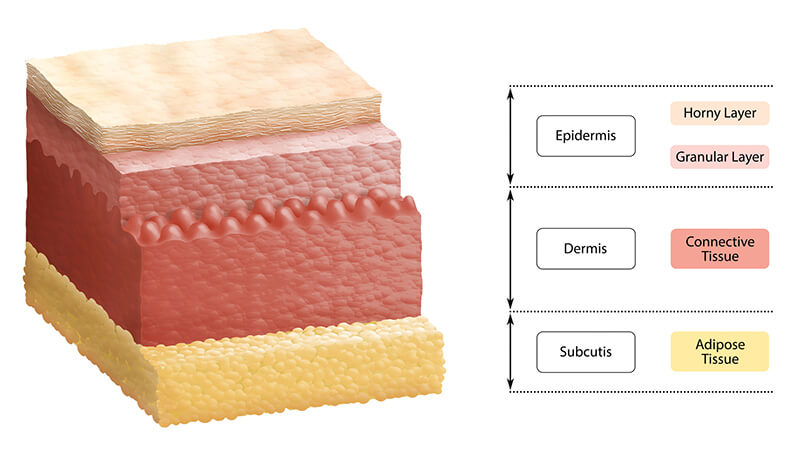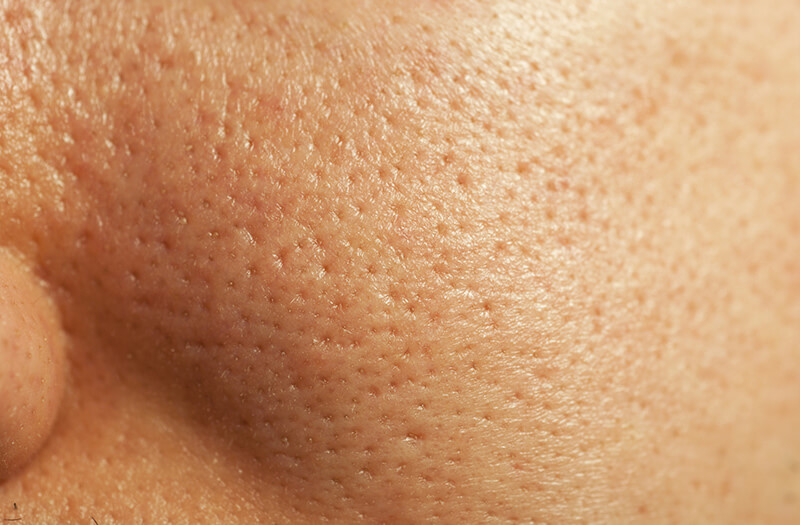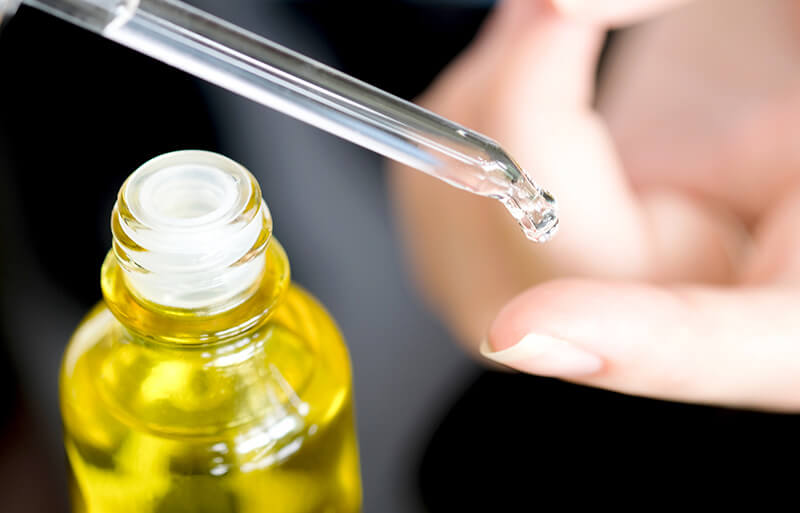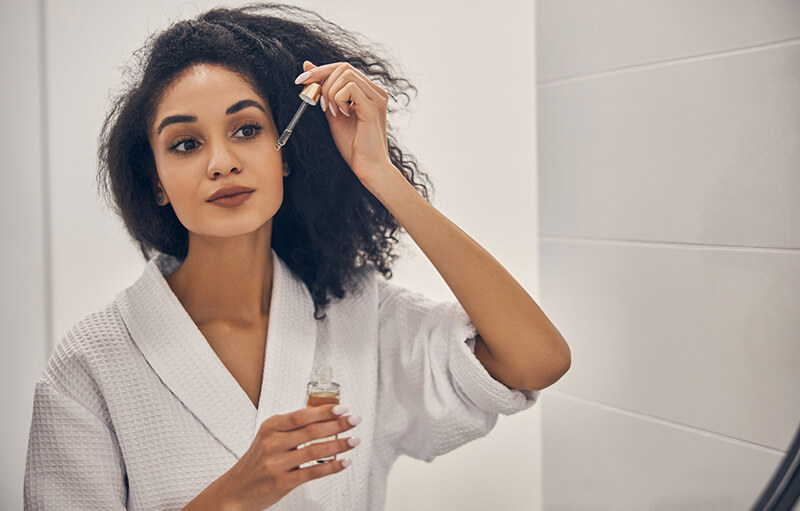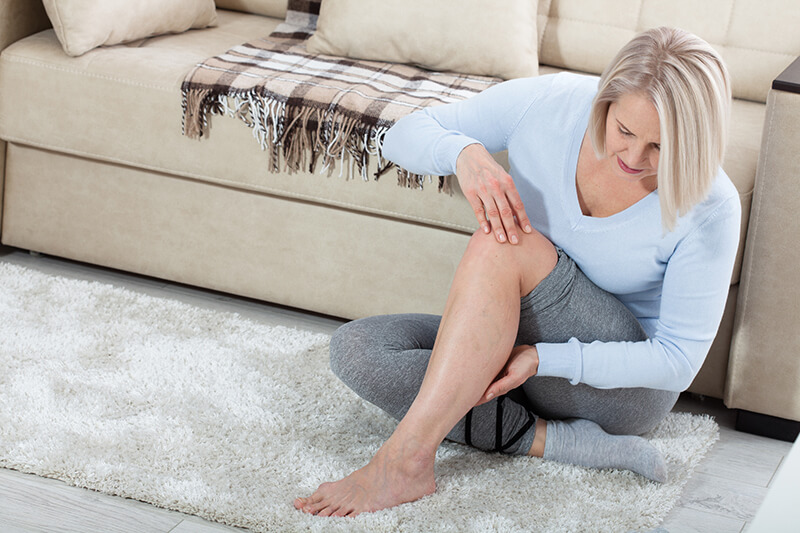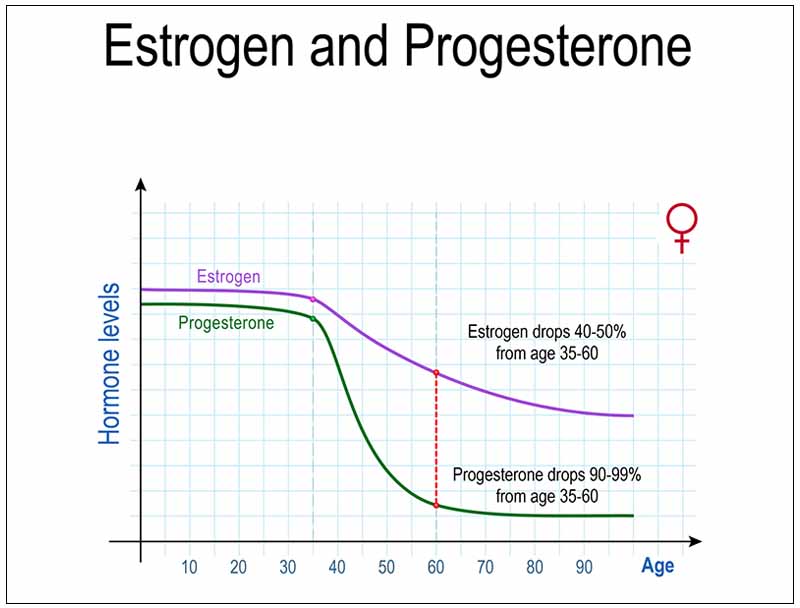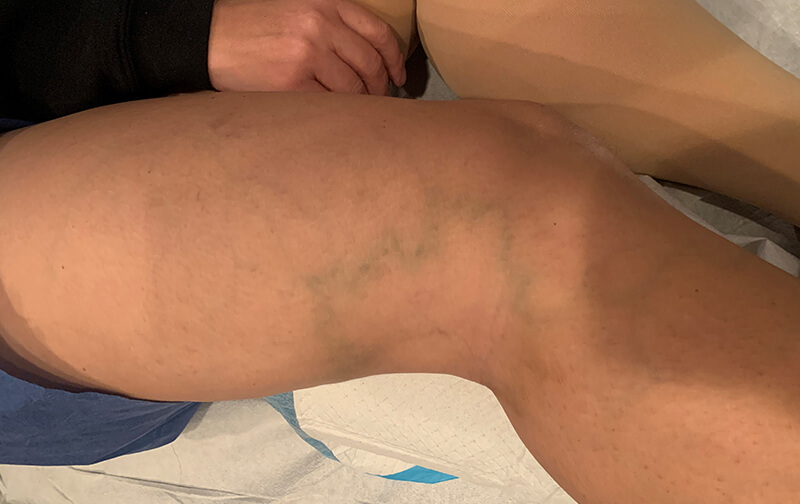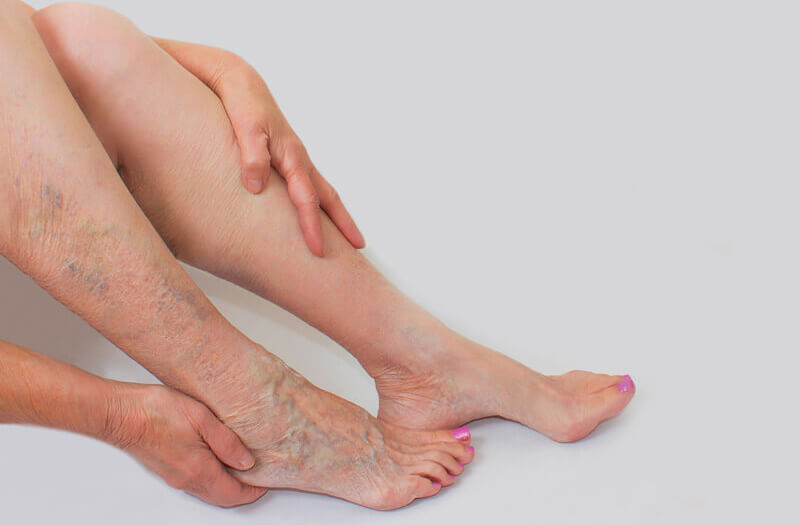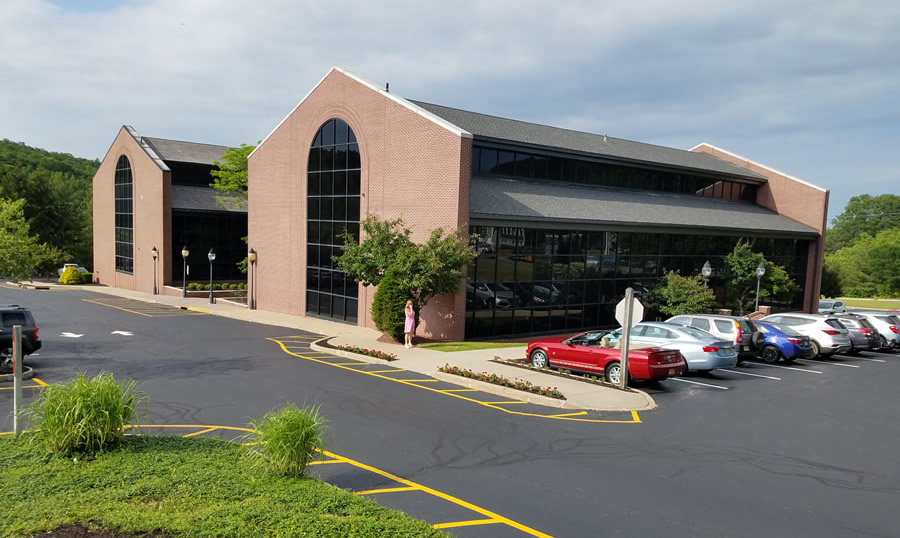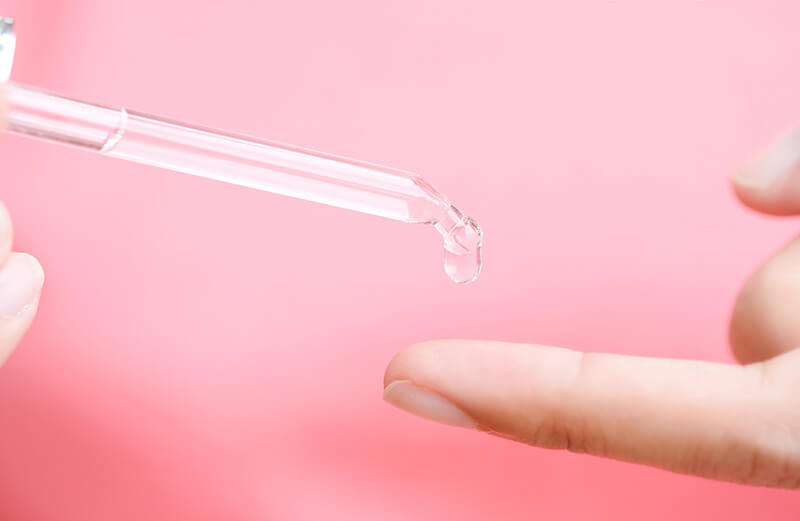
Navigating the Skincare: Secrets of Serums
With the skincare and cosmetic industry booming at $145 billion and releasing new lotions, cremes, and serums every day, it’s easy to get lost. But with a helpful guide to skincare serums, you’ll be able to walk down that skincare aisle with confidence.
If you haven’t added a face serum to your daily skincare regimen, you’re only doing half your job. Proper skin care is a little bit more complex than just washing, moisturizing, and applying sunscreen. But it doesn’t have to be overwhelming. Knowing why a product is important to the health of your skin will make you want to use it more often.
For some people, wandering down the skincare aisle is like walking through uncharted territory. If you’ve ever picked up those tiny bottles of serums that look like magic elixirs and wondered what all the intimidating and hard-to-pronounce ingredients do, you’re not alone.
Here is how and why you should give your skincare routine an upgrade with a face serum.
What is a Face Serum?
Let’s focus on the latest skincare mystery: serums. A serum is a light, easily absorbed oil or water-based liquid. It contains high amounts of active ingredients such as hyaluronic acid, vitamins, and glycolic acid. In other words, the saving grace for our skin.
Not to be substituted with moisturizer, serums sink deeper into your skin and address more skin concerns. Let’s take it back to basic biology. Our skin is made of three layers, the epidermis, dermis, and subcutaneous fat.
Your standard moisturizer and other face products only work on the top layer of skin, the epidermis. Serums, however, absorb deeper into the skin and make more noticeable changes to other layers. That is why serums have quickly caught the attention of dermatologists and skincare enthusiasts.
Benefits of Serums
Fortified with nutrients that skin needs to be healthy and vibrant, face serums are the workhorse of the skincare world. Here are the top benefits of adding serums into your skincare routine!
Hydration
Having hydrated skin means having healthy skin. Retaining water and moisture is imperative for our skin to fight toxins and produce new skin cells. Serums help bind moisture to our skin to give us that beautiful dewy glow.
Refines Pores
We all want that airbrushed, front-cover look, but sometimes our pores think otherwise. Serums are mostly water-based liquids that are oil-free. They keep our skin clean and our pores unclogged (that means minimized pores, hallelujah!)
Fades Dark Spots
Speaking of things that we love but our skin hates, the sun. If you’ve ever chosen to skip the sunscreen and go straight for the oil at the beach, you probably have dark spots. With the use of effective ingredients such as vitamin C, vitamin E, and Retinol, serums can fade dark areas and improve the overall texture of skin.
Protects Against Future Damage
The dry, freezing air wreaks havoc on our skin in the winter. To add to it, indoor heating depletes our skin of moisture even more. Luckily, specific antioxidant serums protect our skin against the toxins and free radicals that we’re exposed to daily.
As we get older, our supply of antioxidants starts to decrease. This means we must get antioxidants from other sources to maintain healthy skin. Using antioxidant-rich serums can protect against future sun damage, fine lines, and wrinkles.
What Type of Serum Should you Use?
Everyone’s skin is different. To choose the right serum, start by determining your skin type. There are three skin types: dry, oily, and combination. Use serums that will work to minimize the negatives of your skin type and boost new cell growth.
Serum for Dry Skin
For skin that tends to be dry use serums that contain hydrating ingredients such as hyaluronic acid and ceramides. Ceramides are basically the glue that holds our skin together and seals moisture in. These are also great for people with sensitive skin, as both ingredients are gentle.
Serum for Oily Skin
If your skin has some shine, try to look for serums that contain Retinol, glycolic acid, or salicylic acid. All three of these ingredients work hard to exfoliate dead skin cells and increase the production of new ones. They also keep our pores from becoming clogged which reduces the amount of oil our skin will produce.
Serum for Combination Skin
If you have combination skin (a little bit of both, dry and oily) it can be tricky to find products that work for everything. But the good news is, oily skin still needs hydration. So, serums with hyaluronic acid are good to use.
Additionally, look for products that offer calming and re-balancing benefits like seed oil. Serums that contain niacinamide, a form of vitamin B, will also help combination skin by improving texture and resiliency.
How to Use Serum
Serum is the third step in a good skincare routine. Serum works best when it’s applied after cleansing and before moisturizing. Don’t think this substitutes your favorite moisturizer. Applying moisturizer after serum helps seal antioxidants into the skin so they last longer!
Here’s the Best Skincare Routine for Your Face:
1. Wash skin with a gentle cleanser. Try a foaming cleanser for sensitive skin.
2. Apply toner with a cotton pad for easy application.
3. Use the dropper on your serum bottle cap to apply a few drops of serum directly onto your face.
Bonus Tip: For easy application place a few drops of serum onto your forehead, cheeks, and nose, then rub in with your fingers.
4. Moisturize!
When Will You Notice Results?
Some people can see a difference in their skin the next day. Generally, most of the changes will occur in about four weeks, but it can take as many as eight. This depends on the strength of the serum. If you’re looking for quicker results, try using a medical-grade serum.
Medical grade skincare products have been clinically tested and have proven results. These types of skincare products are only distributed by a doctor and contain powerful formulas you can’t buy over the counter.
Neocutis and SkinCeuticals are well-respected brands of skincare that people trust. Their products are born from years of research and clinical trials with positive results.
The New Jersey Vein and Vascular Center doesn’t just treat veins. We also provide professional skincare treatments and products. Our highly skilled team can provide Xeomin Botulinum Toxin injections and chemical peels. We also offer both Neocutis and SkinCeuticals skincare solutions.
Contact us today to find out more about a face serum that will give you incredible results!

